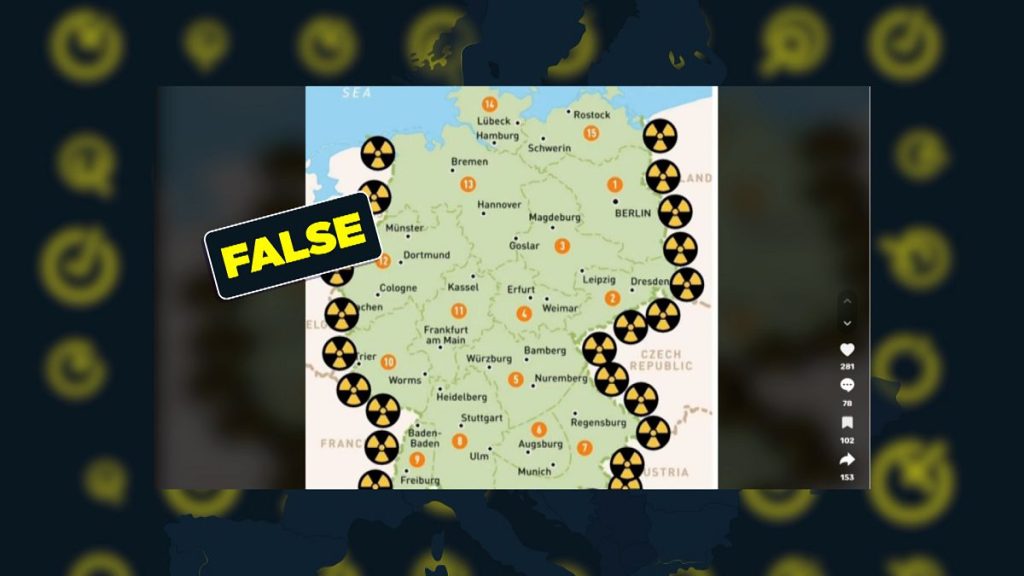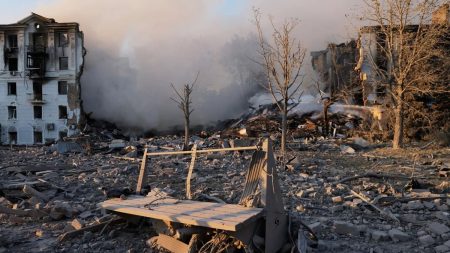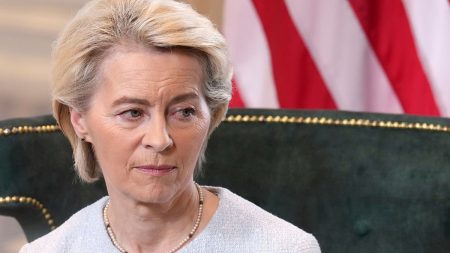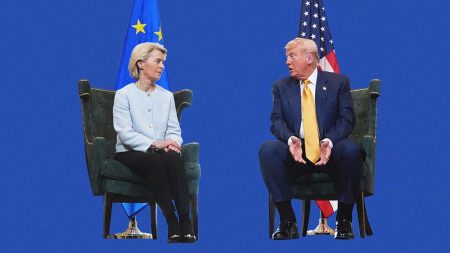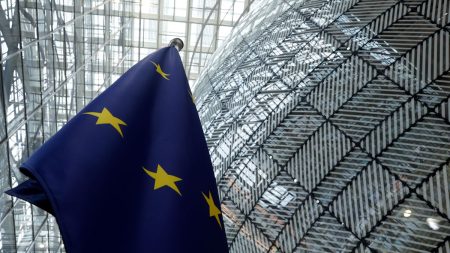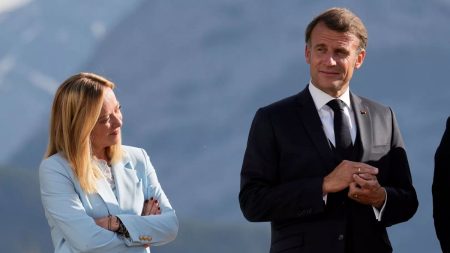The resurgence of an outdated and misleading map depicting Germany encircled by 30 nuclear power plants has ignited discussions and concerns across social media platforms. This map falsely portrays a ring of nuclear facilities along Germany’s borders with neighboring countries, including the Netherlands, Belgium, Luxembourg, France, Switzerland, Austria, the Czech Republic, Poland, and Denmark. Social media posts sharing the map often insinuate that this represents the future of Germany’s power grid, suggesting that the country will be reliant on its neighbors for nuclear energy while lagging behind in its own production. These posts frequently evoke anxieties about Germany’s energy future, implying that the nation will be at a disadvantage compared to its nuclear-powered neighbors. However, the reality of Europe’s nuclear landscape starkly contrasts with this misleading depiction.
A more accurate representation of Europe’s nuclear power plants is provided by Nucleareurope, a trade association for the nuclear energy industry based in Brussels. Their map clarifies that while some nuclear plants exist in countries bordering Germany, the concentration and placement are drastically different from the misleading map. The plants are not strategically positioned along the borders, and several of Germany’s neighboring countries do not possess any operating nuclear facilities. It’s crucial to emphasize that the Nucleareurope map solely displays currently operational plants, excluding those under construction, planned, or decommissioned. This distinction is vital for a comprehensive understanding of the nuclear energy landscape.
Data from the World Nuclear Association provides further context to the distribution of nuclear reactors across Europe. France leads the continent with the highest number of operational reactors at 56, followed by Russia with 36, Ukraine with 15, the UK with 9, and Spain with 7. While some of Germany’s neighbors, such as Belgium and Switzerland, do operate nuclear reactors, the numbers are significantly fewer than the misleading map suggests. This data underscores the inaccuracy of the viral map and highlights the need for reliable information sources when assessing the nuclear energy landscape.
Germany’s own nuclear energy trajectory took a decisive turn in April 2023 with the shutdown of its last remaining nuclear power plants. This action marked the culmination of a phased nuclear phase-out initiated in 2011 following the Fukushima Daiichi nuclear disaster. The decision reflected a shift in Germany’s energy policy towards renewable sources and energy efficiency measures. While the misleading map and accompanying social media narratives attempt to frame Germany’s nuclear phase-out as a disadvantage, the country is actively pursuing alternative energy strategies.
The misleading map and its associated claims exploit anxieties surrounding energy security and national competitiveness. The narrative presented suggests that Germany, having abandoned nuclear energy, will be reliant on its neighbors and fall behind in the energy sector. This rhetoric appeals to nationalistic sentiments and plays on fears of dependence on other countries. However, such a simplified narrative ignores the complexities of Germany’s energy transition and the broader European energy landscape.
The dissemination of the misleading map highlights the importance of critical evaluation of information, especially in the context of politically charged topics like energy policy. The map’s simplistic portrayal of nuclear power plant distribution serves to reinforce pre-existing biases and anxieties, rather than fostering informed discussion. By relying on accurate and up-to-date information from reputable sources like Nucleareurope and the World Nuclear Association, a more nuanced understanding of the European nuclear energy landscape can be achieved. It is crucial to distinguish between factual representations and manipulative portrayals that aim to propagate specific viewpoints or agendas.




